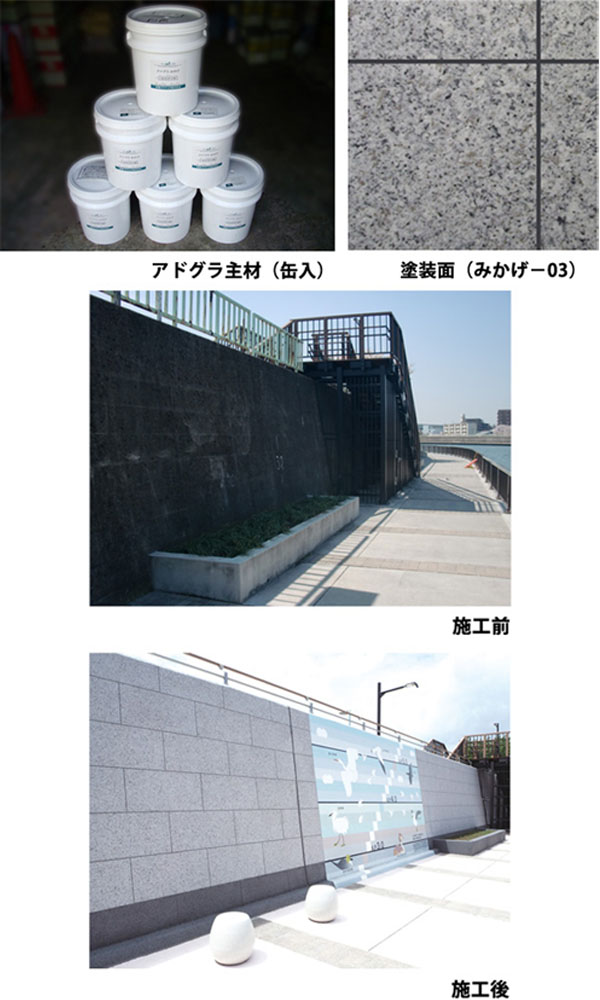2023-06-01 ロードアイランド大学(URI)
◆この沈下は地域の自然な沈降と一致していますが、特定の地域では著しく大きな沈降率が見られます。この研究は、海岸都市が海面上昇や強まる嵐に備える際に考慮すべき要素の一つであり、人間のインフラストラクチャーが予期せぬ方法で脆弱性を高めることを強調しています。
◆海面上昇と沈下による浸水のリスクに直面している沿岸都市において、建物の重みや地下水の抽出などの要素を考慮することが重要です。
<関連情報>
- https://www.uri.edu/news/2023/06/new-york-city-is-sinking-and-its-not-alone/
- https://agupubs.onlinelibrary.wiley.com/doi/10.1029/2022EF003465
ニューヨークの重さ: 人為的な原因による地盤沈下への寄与の可能性 The Weight of New York City: Possible Contributions to Subsidence From Anthropogenic Sources
Tom Parsons, Pei-Chin Wu, Meng (Matt) Wei, Steven D’Hondt
Earth’s Future Published: 08 May 2023
DOI:https://doi.org/10.1029/2022EF003465

Abstract
New York City faces accelerating inundation risk from sea level rise, subsidence, and increasing storm intensity from natural and anthropogenic causes. Here we calculate a previously unquantified contribution to subsidence from the cumulative mass and downward pressure exerted by the built environment of the city. We enforce that load distribution in a multiphysics finite element model to calculate expected subsidence. Complex surface geology requires multiple rheological soil models to be applied; clay rich soils and artificial fill are calculated to have the highest post-construction subsidence as compared with more elastic soils. Minimum and maximum calculated building subsidence ranges from 0 to 600 mm depending on soil/rock physical parameters and foundation modes. We compare modeled subsidence and surface geology to observed subsidence rates from satellite data (Interferometric Synthetic Aperture Radar and Global Positioning System). The comparison is complicated because the urban load has accumulated across a much longer period than measured subsidence rates, and there are multiple causes of subsidence. Geodetic measurements show a mean subsidence rate of 1–2 mm/year across the city that is consistent with regional post-glacial deformation, though we find some areas of significantly greater subsidence rates. Some of this deformation is consistent with internal consolidation of artificial fill and other soft sediment that may be exacerbated by recent building loads, though there are many possible causes. New York is emblematic of growing coastal cities all over the world that are observed to be subsiding (Wu et al., 2022, https://doi.org/10.1029/2022GL098477), meaning there is a shared global challenge of mitigation against a growing inundation hazard.
Key Points
- More than 8 million people live in New York City, which is observed to be sinking 1–2 mm/year, while sea level rises
- We calculate the mass of all buildings in New York City and model the subsidence caused by the pressure they exert on the Earth
- We show detailed images of observed subsidence in New York City from satellite data
Plain Language Summary
As coastal cities grow globally, the combination of construction densification and sea level rise imply increasing inundation hazard. The point of the paper is to raise awareness that every additional high-rise building constructed at coastal, river, or lakefront settings could contribute to future flood risk, and that mitigation strategies may need to be included. The subsidence mapping concept helps to quantify the hazard and adds specificity to soil types and conditions. We present satellite data that show that the city is sinking 1–2 mm/tr with some areas subsiding much faster.



